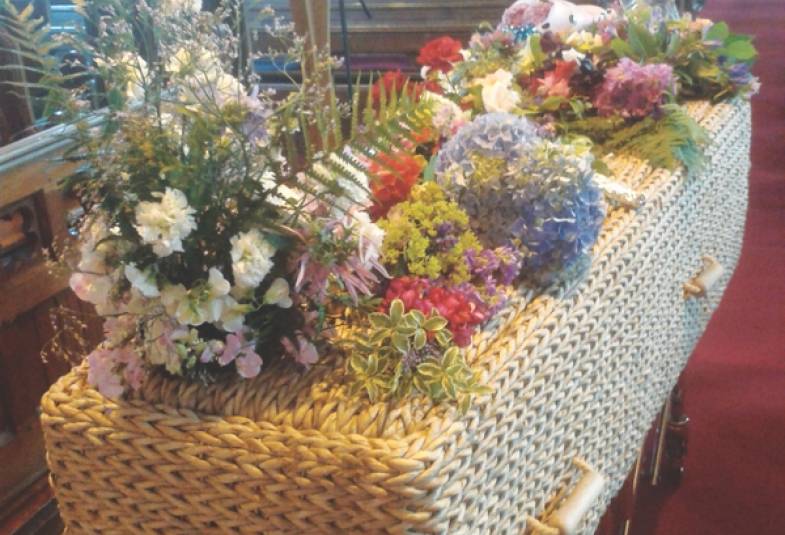Burial or cremation
When your relatives talk to the Funeral Director to arrange your funeral, they will be asked to make a number of decisions. One of these will be whether you wanted to be buried or cremated. Which would you prefer? Discuss it with others if you’re not sure, and, when you do know, write it down.
Type of service
All advice given here guides you through the choices you can make for a Church of England funeral, but the Funeral Director will ask the family whether there are any special wishes for the funeral to be humanist, civil or religious. Remember you don’t have to be a churchgoer or consider yourself religious in order to have a Church of England funeral. It is available to everyone. Think this through with family and friends and then add your preference to your notes.
Funeral location
There are four possible locations for a Church of England funeral:
- A green or woodland burial site
- A crematorium
- A cemetery
- A church
A church minister can take the whole funeral service at any one of these places , or, each location can be combined with a service in a church followed by prayers at the location. Explore more about this our Funeral locations section.
Coffin
A Church of England funeral can include traditional or unusual choices of coffin. From wooden to wicker or painted coffins, they are all fine for a Church of England funeral. Some people have even chosen a cardboard coffin so that family and friends can write things on it during the funeral service. Make a note of your preference.

Transport
The way your coffin is taken to the funeral venue is also important. Think about the cost and convenience for your family too, and note your preference.
Music
During the service, there are various points where it may be appropriate to have music played, sung or listened to. This can include hymns and also songs or pieces of non-church music that mean something to you and your family. Some ideas for popular funeral hymns are given in our step-by-step guide to the funeral service. Whether you choose one of those or whether you have your own ideas, write your choices down in your notes.
Celebrants and involving family and friends
Your local vicar or another minister can take your funeral service. If you have a preference, make a note. Remember this can be reviewed as time goes on.
Family and friends can be involved too, if they feel able to. There could be special people in your life who you know would like to do a speech or eulogy at your funeral, or do the readings. Talk this through with them to check how they’d feel about it.
Readings
Once you have compiled your notes, read ‘Who to tell and where to file’ for your next steps.
Monuments and memorials
If your body or ashes are to be buried in a cemetery or churchyard, your family will have some decisions to make about the headstone or ledger stone which is made to mark your grave. There are several choices to consider, such as the size, style, material used and colour, and then of course the inscription. It is really important to know that it’s likely there will be strict restrictions on all of these decisions depending on where the cemetery or churchyard is. And local councils or regional church authorities across different areas of the country may differ in their policies. The best thing to do is talk to the vicar in the parish where you would like your body or ashes to be buried, and listen to their advice about what is permitted. This will help you think through your ideas.
Planning booklet to download
- Funeral Wishes Booklet (369.16 KB)
